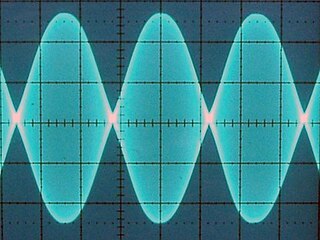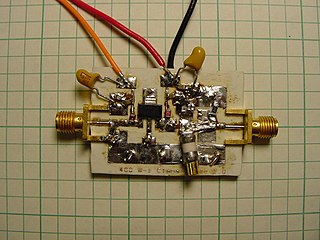
Standard Radio & Telefon AB (SRT) was a Swedish telecommunications and computer manufacturer, at one time part of the ITT Corporation.
The factory was located in Bromma, north of Stockholm. They developed a range of HF radio products.
They developed an advanced mainframe as well as a computer terminal called Alfaskop that became an export success. A bit much of a success, since an export of a system for air traffic control to Moscow caused a diplomatic incident.


More products :
VFT - Voice Frequency Telegraph system
ARTRAC - Automatic Radio TRAffic Controller
AEC 90 - Modem for SITOR, Simplex Teleprinting over Radio
TD 90 - HF Transmitter Driver
TD 91 - HF Transmitter Driver
CR 90 - HF Communication receiver
CR 91 - HF Communication receiver
SSA 400 - 400W HF Solid State Power Amplifier
SSA 420 - 400W HF Solid State Power Amplifier
SSA 1000 - 1000W Solid State Power Amplifier
SSA 1020 - 1000W Solid State MOSFET Power Amplifier
ATM 1000 - Automatic Antenna Coupler
BBD-367 - HF Broadband Dipole Antenna
Ra 200 - 8W HF Manpack Receiver-Transmitter for the Swedish military
***
List of customers :
* Swiss embassies
* Turkish embassies
* Malaysian embassies
* Algeria Civil Aviation Administration
* Interpol Stockholm and Zurich
* Ministry of Foreign Affairs, Stockholm. ( small system, they used Drake)
* HF system for Istanbul airport
* Selcall for Hercules aircraft, Arlanda
* Receivers and transmitters for the Danish Navy, still in use
* Receivers and transmitters for the Swedish Army,Navy and Air Force
* Receivers and transmitters for fixed, air/ground and maritime services, Swedish Telecommunications Administration, still in use
***
Some details about the Turkish Embassy Radio system :
The transmitter was the old driver CTD 500 with SSA 400 or SSA 1000. Receiver was the CR 300, two of them in the cabinet. The intention was to use space diversity. No place for two "real" Antennas, the second receiver got an active antenna AA300. Each receiver had a FSK demodulator, CRFD 1000.
The main use for the second receiver became a broadcast receiver. The system used FEC, equipment from Siemens, FEC 100. It could handle a total loss of signal for 1,5 second.
Antennas used was a logper from Granger, 6- 30 MHz. This Antenna used wires instead of solid elements. Some stations got an ATU 1000 with a 10m whip.
The teleprinter came from SAGEM, similar to Siemens T100.
Some 30-40 embassies was installed, from Washington in the West to Beijing in the East. The main station in Ankara had 12 Transmitters, remote controlled. some 400W some 1000 W. Remote control was via " Voice Frequency Telegraph" VFT system made by SRT.
Before SRT got the order a test system was set up between Berne and Ankara, everything worked fine and MOFA in Ankara signed the order.












